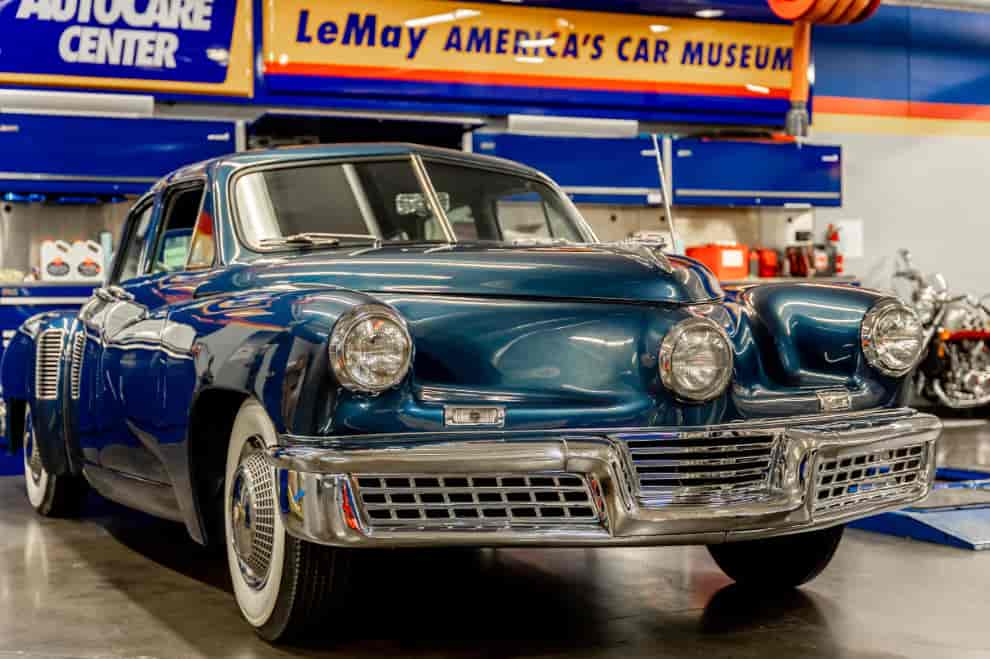Automobiles have revolutionized transportation and society, shaping the modern world in profound ways. Integrating automotive history into the classroom provides a dynamic and engaging lens through which students can explore technological advancements, societal shifts, and the impact of innovation on daily life. This article delves into the valuable lessons derived from the evolution of cars, emphasizing their historical, cultural, and technological significance.

Contents
1. Technological Advancements:
The automotive industry stands as a testament to continuous technological progress. From Karl Benz’s invention of the internal combustion engine in 1885 to the contemporary era marked by electric and hybrid vehicles, the trajectory of automotive history showcases an unyielding commitment to innovation. Classroom discussions can delve into pivotal engineering breakthroughs, tracing the evolution of safety features from basic seat belts to sophisticated driver-assistance technologies. Moreover, students can explore the sustainable technologies shaping the automotive landscape, from fuel efficiency advancements to the integration of renewable energy sources.
2. Cultural Impact:
Cars wield immense influence in shaping global cultural landscapes. A comprehensive exploration involves dissecting how automobiles have molded societal norms, influenced urban planning, and even impacted personal freedoms. Classroom discussions can scrutinize the emergence of car culture, dissecting the symbolism of iconic models and their representation in various art forms. Comparing the societal impact of the Model T with the contemporary allure of luxury SUVs provides a lens through which students can discern the ever-evolving relationship between consumer preferences and broader societal values.
3. Economic Perspectives:
Beyond its mechanical intricacies, the automotive industry stands as a formidable economic force with far-reaching implications. Classroom lessons can navigate the complex economic terrain of car manufacturing, delving into supply chain intricacies, labor market dynamics, and the global economic impact of the industry. By examining the rise, fall, and subsequent revitalization of automotive giants like Detroit, students gain insights into economic resilience, adaptability, and the profound influence of industry dynamics on both local and national economies.
4. Environmental Considerations:
Growing concerns about climate change underscore the need for a nuanced understanding of the environmental impact of automobiles. Classroom discussions can unravel the journey of fuel efficiency standards, the emergence of electric and hybrid vehicles, and the industry’s responses to sustainability challenges. Analyzing the historical context of environmental regulations, including landmark measures like the Clean Air Act, offers students insights into the delicate balance between technological progress and the imperative of environmental responsibility.
5. Safety and Regulation:
The evolution of automotive safety features and regulations reflects a societal commitment to preserving human lives. Classroom lessons can spotlight key moments in this evolution, from the introduction of fundamental safety elements like seat belts and airbags to the advent of cutting-edge driver assistance systems. Exploring the intricate relationship between technological innovation and regulatory measures provides students with a profound understanding of how societal concerns for safety intricately shape advancements in the automotive industry.
6. Design and Aesthetics:
The aesthetic metamorphosis of cars mirrors design trends, cultural shifts, and the influence of artistic movements. Integrating automotive design into classroom discussions offers students a unique intersection of engineering and creativity. Through the analysis of iconic designs and the work of influential automotive designers, students can appreciate how the form and function of automobiles intertwine, reflecting not just the era’s engineering prowess but also its cultural zeitgeist.
7. Ethical Considerations:
With the rise of autonomous driving technology, ethical considerations take center stage. Classroom discussions can navigate the complex terrain of ethical dilemmas associated with self-driving cars, including questions of liability, decision-making algorithms, and privacy concerns. By analyzing real-world case studies and engaging in hypothetical scenarios, students are prompted to think critically about the ethical dimensions inherent in the ongoing technological advancements within the automotive industry.
8. Historical Milestones:
Studying automotive history provides a unique lens through which students can explore broader historical milestones. The parallel development of cars with significant historical events, such as the industrial revolution, World Wars, and economic recessions, offers a captivating narrative. Classroom lessons can interweave the evolution of automobiles with broader historical narratives, providing students with a comprehensive understanding of how technological progress intersects with and contributes to the unfolding tapestry of historical events. See writepaperfor.me for essay help on any topic!
Conclusion:
Automotive history emerges as a dynamic and multifaceted educational tool, extending far beyond the boundaries of a conventional history class. Through the exploration of the technological intricacies, cultural influences, economic dynamics, environmental considerations, and ethical dimensions embedded in the evolution of cars, students embark on a journey of comprehensive learning. This integration not only instills a profound appreciation for the trajectory of technological progress but also equips students with critical thinking skills vital for navigating the complexities of our rapidly evolving world. By delving into the vibrant narrative of automotive history, students not only grasp the mechanics of innovation but also cultivate a holistic perspective that transcends the automobile, unveiling broader insights into the societal fabric shaped by progress and adaptation.